This article is a discussion on the phenomenon of vortex shedding in tall buildings. It discusses the causes, effects, and explores the innovative solutions that structural engineers may employ to address this intricate challenge.
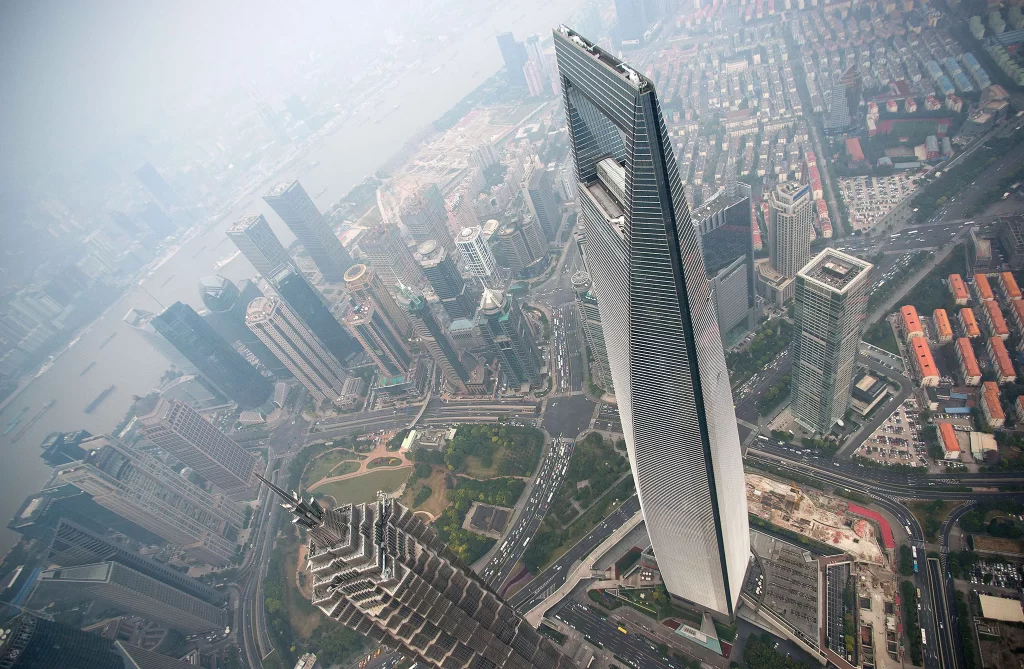
Pause for a moment, grab a piece of paper between your fingers and blow air from your mouth to the paper. You’d notice that the paper will deflect as soon as the air makes contact with the paper. What you have just demonstrated is the fact that, whenever wind makes contact with objects, it exerts pressure on them.
Similarly, if you’ve ever observed the streetlights or traffic light poles on a windy day, chances are you’d have seen at least one of them undergoing some form of oscillation. Imagine, this streetlight or traffic poles were to be your tall buildings and skyscrapers. At the minimum, life for the inhabitants at the upper floors will be horrible and should the forces exerted on the building from wind becomes very adverse, the structure can fail.
Indeed, the behaviour of tall buildings and skyscrapers is no different from the “oscillating poles,” you might have observed. Even worse, is that a skyscraper designer has to worry about the tremendous wind speed that is to be expected at the top of these buildings. However, when we observe our tall buildings and skyscrapers, we do not observe them moving neither do people have a feel of any significant discomfort while on the topmost floor. How, then, do the designers of these tall buildings mitigate against this effect of wind? To understand how, one must explore the subject of vortex shedding.
What is Vortex Shedding?
Vortex shedding is a fluid dynamics phenomenon that occurs when a fluid, typically air, flows past a solid object or structure. In the case of tall buildings, the fluid dynamics at play involve wind as it interacts with the building’s surfaces. The key feature of vortex shedding is the formation and shedding of alternating vortices or swirling patterns of air on either side of the structure (see figure 1).
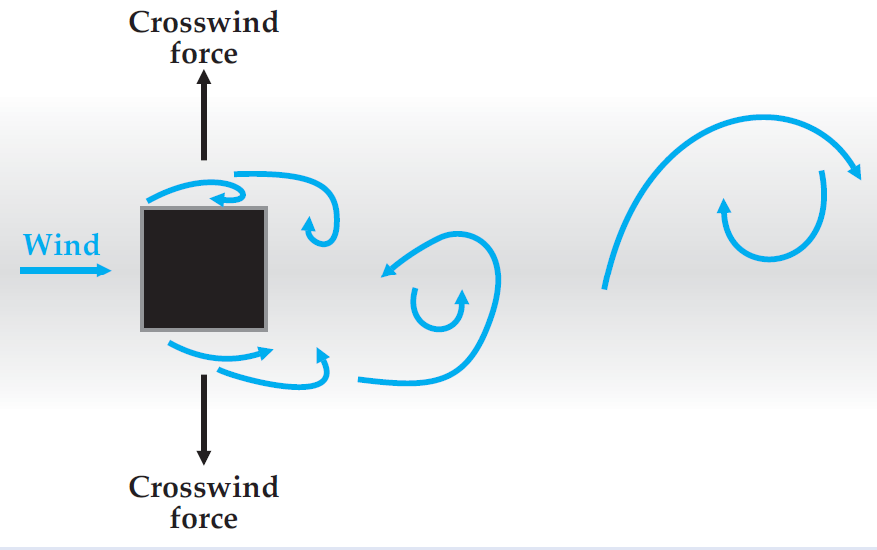
Whenever a vortex develops on a building’s side, a suction force is produced. An isolated vortex cannot produce much force. As illustrated in Figure 1, vortices have a tendency to develop in orderly patterns and rattle the structure as they alternately shed from either side. The vortex street that forms in the aftermath of the shed vortices is named after scientist Theodore von Kármán.
If a tall structure is in a steady wind with low turbulence and has a consistent shape throughout its height, it will produce a Kármán Street. The Kármán Street is not a major concern for many skyscrapers located in cities because tightly packed urban structures provide the needed turbulence that hinders the early creation of coherent vortices and quickly disperses those that do emerge. However, turbulence may not be seen next to extremely tall structures that stand out from their surroundings or buildings close to the fringe of a town when the upwind topography is open country. In these circumstance buildings are able to shed a well-structured Kármán Street. Architects and engineers must design the buildings to withstand the associated forces that, for many of the world’s tallest skyscrapers, are the highest forces they will encounter—even greater than those caused by earthquakes.
Vortex Shedding and Fundamental Frequency
In ascertaining the risk of a tall building to vortex shedding, there are two frequencies that must be checked. The first is the fundamental frequency of the building fb, and the second is the frequency with which the vortices are shed from a building to the vortex street.
A building fundamental frequency can readily be estimated from the structural system it utilizes using software. For a 50-story building, fb is typically about 0.2 Hz. For a 100- story building it could be between 0.1-0.125Hz while for super-tall structures it could be as low as 0.05Hz.
The Strouhal relationship, fv = SU/w, which is frequently interpreted as a constant that solely depends on the cross-sectional geometry of the structure, states that the frequency of vortex shedding is determined by the wind speed, building width, and Strouhal number. The constant S approximation is quite accurate for structures with sharp edges. S also relies on the Reynolds number R = Uw/v for rounded forms, where v is the air’s kinematic viscosity, or the ratio of its viscosity to density. However, even in that scenario, S frequently remains rather consistent across R’s interest range.
Should for whatsoever reason, these two frequencies discussed above become equal, this would lead to resonance and the vortices get to shake the building at its most vulnerable frequency. Thus, the structure experiences large crosswind oscillation, ultimately leading to failure.
Mitigating Vortex Shedding
Architects and engineers have developed various strategies and technologies to mitigate the risks associated with vortex shedding in tall buildings. These strategies are crucial for ensuring the safety, comfort, and sustainability of these towering structures. And the ultimate goal is to devise a means that ensures that at no point throughout the service life of the building is the fundamental frequency equal to the frequency of the vortex shedding. Here are some strategies:
Confusing the Wind
For a building to be excited by vortices, the vortices must be shed coherently, or rather consistently along the height of the building. As mentioned above, wind turbulence can prevent or disturb this regularity. But engineers don’t have to rely on turbulence; they may use a variety of technique that can prevent coherent shedding. One method is to have the structure’s cross section vary with building height. So that when w and S change with building height, this makes fv a function of height as well. As a result, the wind “becomes confused” and vortices lose their coherence.
Aerodynamic Design
Architects and Structural Engineers can carefully consider the building’s shape and geometry to minimize the likelihood of vortex shedding. Streamlined, rounded, an opening within the building or aerodynamic designs are often favored to reduce vortex formation and shedding. Additionally, the orientation of the building and facade treatments can be adjusted to control airflow patterns.
Wind Tunnel Testing
Wind tunnel testing is an integral part of the design process for tall buildings. It involves creating physical scale models of the building and subjecting them to simulated wind conditions. These tests help identify potential vortex shedding issues and allow for design adjustments to minimize its effects.
Tuned Mass Dampers (TMDs)
Many tall buildings incorporate tuned mass dampers (TMDs) into their structural systems. TMDs are large counterweights or pendulum systems designed to counteract the vibrations, by significantly increasing the fundamental frequencies of a structure. So that the fundamental frequency is as far as possible from the frequency of the vortex shedding.
Real-time Monitoring
Some modern skyscrapers are equipped with sophisticated sensors and monitoring systems that continuously assess wind conditions and building vibrations in real-time. This data is used to adjust building operations, such as HVAC systems and elevator operation, to minimize discomfort for occupants and prevent potential damage during adverse conditions.
Case Studies – Iconic Tall Buildings
Several iconic skyscrapers around the world have had to contend with vortex shedding challenges and have implemented innovative solutions to address them. Let’s explore a few noteworthy examples:
Taipei 101, Taiwan
Taipei 101 was one of the tallest buildings globally when completed. Located in Taiwan and standing at more than half a kilometer, it was the tallest skyscraper from 2004 up till the unveiling of the Burj Khalifa in 2010.
To counteract the sway caused by strong winds and vortex shedding, it building design features a massive, tuned mass damper known as the “Damper Baby.” This 660-ton pendulum helps stabilize the building and reduce vibrations effectively.
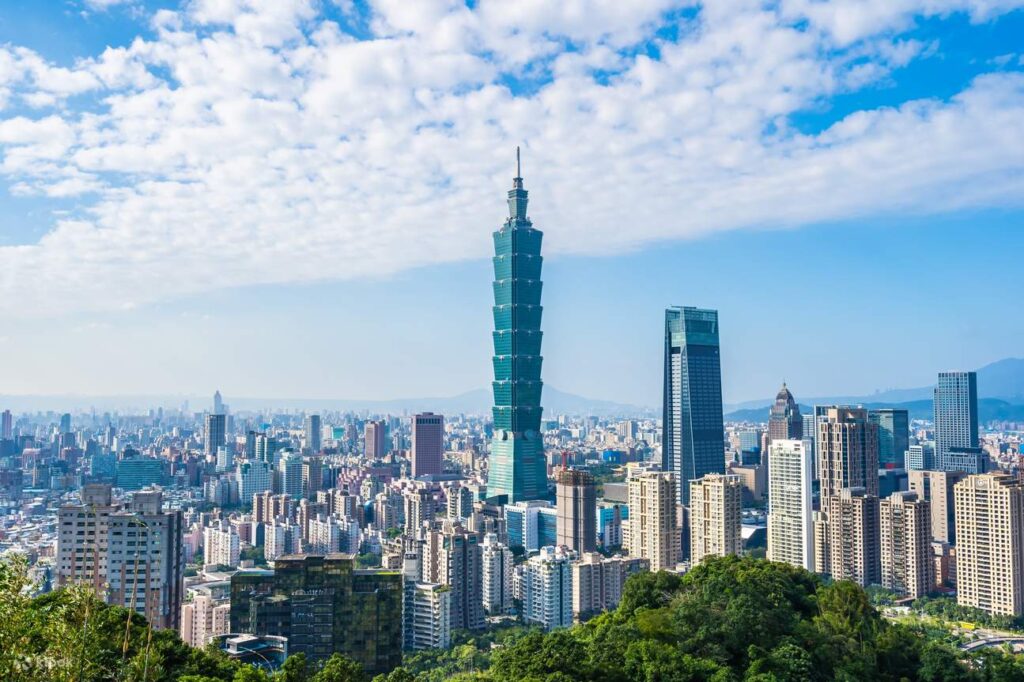
Shanghai World Finacial Centre Tower
Standing at 492m the shanghai world financial centre tower was the second tallest tower upon completion (See Feature Image). The most distinctive feature of the SWFC’s design is the trapezoid aperture at the peak which allows wind to flow through the building, thereby reducing the wind pressure exerted on the building and the risk of a coherent vortex formation (See Feature Image).
Burj Khalifa, Dubai
The Burj Khalifa, the world’s tallest building, boasts a sophisticated aerodynamic design with a Y-shaped plan. Its building design is a lesson on how to “confuse the wind”. To minimize vortex shedding and wind-induced vibrations, the building form and shape is carefully crafted with rounded corners such that stability is ensured during high winds.
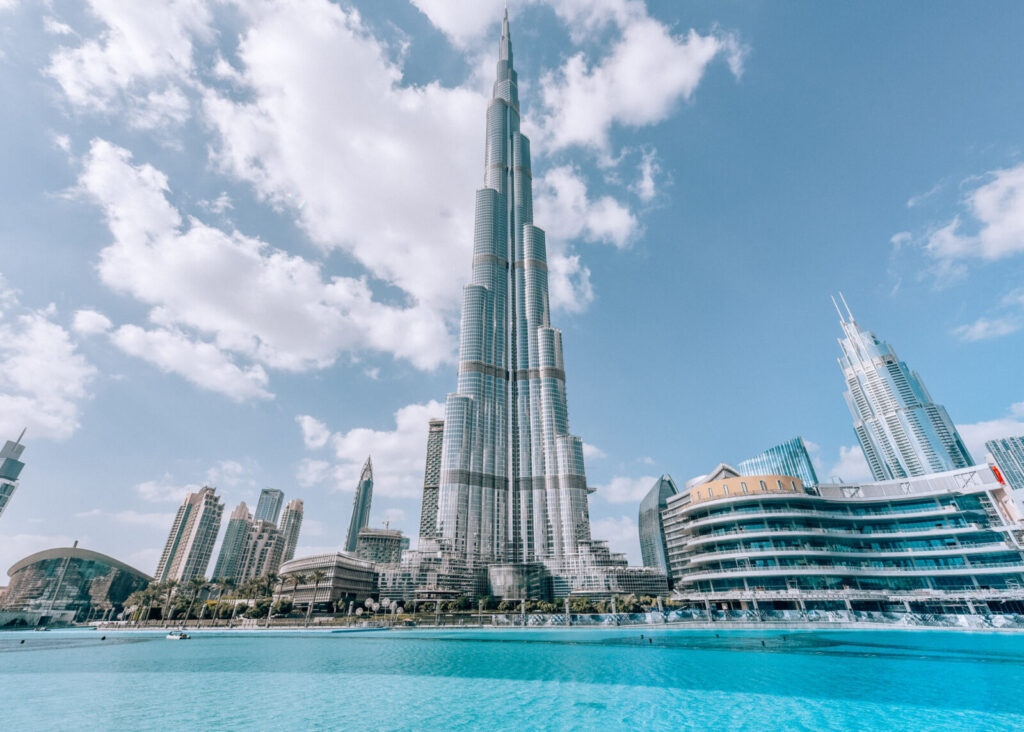
The Shard, London
Located in London and is the tallest building in all of the United Kingdom. The Shard employs a combination of architectural features and tuned mass dampers to mitigate wind-induced vibrations. The use of a slender, glassy facade and strategically placed TMDs helps maintain occupant comfort and safety.
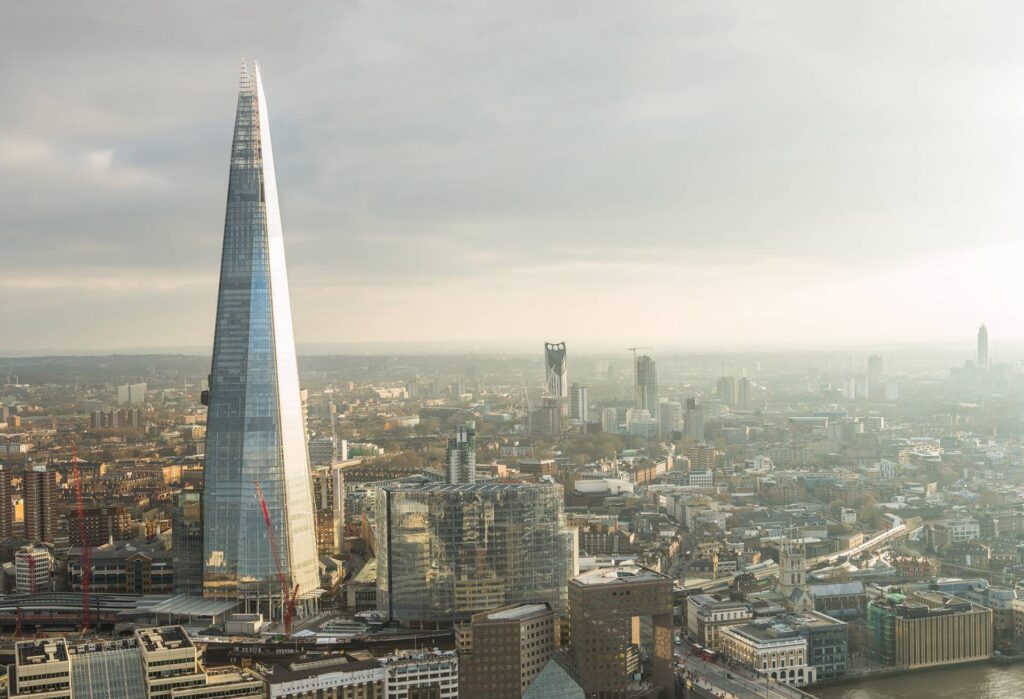
Conclusion
Vortex shedding represents a significant challenge in the design and construction of tall buildings, requiring a multifaceted approach to address its potential risks. As our cities continue to reach new heights, architects and engineers must consider this intricate aerodynamic phenomenon to ensure the safety and comfort of occupants and the longevity of these remarkable structures. Through meticulous design, rigorous testing, and the use of innovative technologies such as tuned mass dampers, the world’s tallest buildings are not only architectural marvels but also triumphs of engineering that have successfully conquered the challenges posed by vortex shedding.
Also See: Fundamentals of Tall Building Design
Sources & Citations
- Irwin P.A. (2010). “Vortices and Tall Buildings: A recipe for resonance.” American Institute of Physics, S-0031-9228-1009-350-6.
- W. F. Baker, D. S. Korista, L. C. Novak, “Engineering the World’s Tallest—Burj Dubai” (2008), http://www.som.com/resources/content/5/0/4/3/9/0/1/8/documents/SOM_EngineeringtheWorldsTallest.pdf